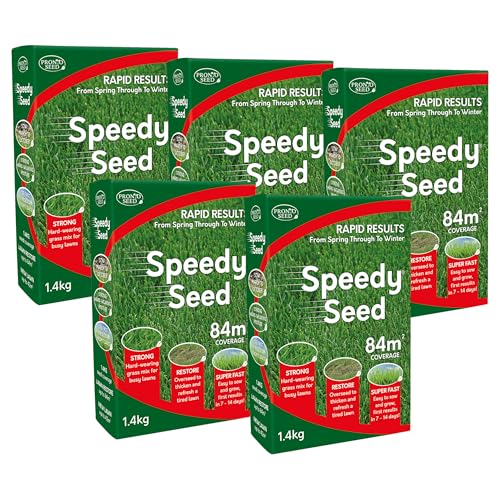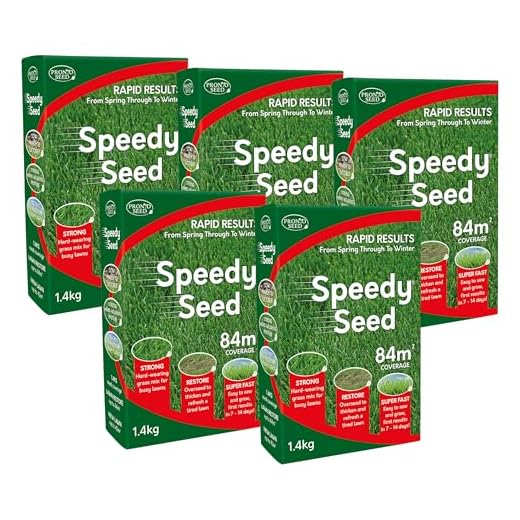




A simple solution for those unsightly patches is to immediately flush the area with water. This dilutes the concentration of nitrogen and salts that cause the browning effect. Use a garden hose, ensuring that the water seeps deeply into the soil to help restore its health.
If the damage is already noticeable, consider applying a mixture of baking soda, water, and a few drops of dish soap. This concoction neutralises the harmful compounds and aids in breaking down the residue. After applying, let it sit for about 10 minutes before rinsing thoroughly.
Regular maintenance is key. Encourage your four-legged friend to use specific areas of your yard, perhaps by creating a designated spot with gravel or mulch. This not only protects your lawn but also makes clean-up easier. Additionally, keeping your pet well-hydrated can dilute the impact of their contributions, resulting in less damage over time.
Observing your pet’s habits can provide insights on how to manage their impact effectively. If your dog frequently returns to the same spot, it might be worth considering training techniques to redirect their behaviour. Positive reinforcement can be a helpful tool in this process.
Effective Solutions for Grass Damage from Pet Waste
Start with a generous sprinkle of baking soda over the affected area. This will neutralise the acids present and help reduce the yellowing. Let it sit for a couple of hours before watering the area lightly.
Natural Remedies
Consider using a mixture of water and vinegar. Combine one part vinegar with three parts water, and apply it directly to the discoloured patches. The acidity will help balance the soil without harming the blades. Rinse the area with water afterward to avoid any lingering vinegar smell.
- Ensure the mixture is applied evenly.
- Water the area thoroughly after application.
Long-term Prevention
Adjust the feeding routine of your four-legged companion. A diet lower in protein can reduce the nitrogen levels in their waste, which is a common cause of lawn burn. Additionally, regular watering of your garden will help dilute any potentially damaging substances before they can cause harm.
- Consult with a vet about optimal nutrition for your pet.
- Create designated areas for bathroom breaks to limit damage to your garden.
- Encourage your pet to hydrate more, as this dilutes waste and lessens its impact.
By implementing these strategies, you’ll maintain a lush and healthy yard while keeping your furry friend happy.
Identifying Urine Stains on Your Lawn
To spot marks left by your canine companion, focus on colour and texture changes in the turf. Areas might appear darker or yellowish compared to the surrounding vegetation.
Here are key indicators to watch for:
- Discolouration: Look for patches that are either lighter or darker than the rest of your lawn.
- Dry or Burnt Patches: Grass may become crispy or brown, especially when it’s under stress from heat or lack of water.
- Odour: A strong ammonia scent can indicate the presence of residue.
- Weed Growth: Some types of weeds thrive in areas affected by high nitrogen levels, often a result of canine waste.
Regular inspection can help you catch these issues early. During your routine lawn care, take a moment to examine the turf closely. If you notice any abnormalities, it’s a signal to take action.
After identifying affected areas, consider marking them for later treatment. This can help streamline your efforts when it comes time to restore the health of your lawn.
Choosing the Right Cleaning Solution for Grass
Opt for a solution containing natural enzymes, as they effectively break down the compounds responsible for discolouration. Products with live bacteria can also aid in restoring the soil balance and promoting healthy regrowth. Look for options that are specifically designed for outdoor use, ensuring they are safe for your pets and the environment.
A mixture of white vinegar and water works wonders too. Combine one part vinegar with two parts water in a spray bottle. Spray the affected area and let it sit for around 30 minutes before rinsing with water. This not only neutralises odours but also helps to revive the affected patches.
Another alternative is baking soda. Sprinkle it generously over the impacted area, then water lightly. This approach absorbs excess moisture and helps combat any lingering scents. Just be cautious not to overwater, as this could lead to further issues.
For a more commercial option, consider enzyme cleaners that are biodegradable. These are specifically formulated to handle organic waste and can be quite effective in restoring your lawn’s appearance. Always follow the manufacturer’s instructions for best results.
Finally, regular maintenance and watering can prevent further damage. Ensuring your lawn is well-hydrated will help dilute any concentrated areas and promote healthy growth, making it more resilient against future incidents.
Applying the Treatment to Minimise Damage
For immediate results, water the affected area thoroughly right after noticing any discolouration. This helps dilute the chemicals in the pet’s waste and reduces the intensity of the burn marks. Aim for at least 1 gallon of water per square foot to flush out the harmful substances.
Utilising Natural Remedies
Mix equal parts of white vinegar and water in a spray bottle. Generously apply the solution to the discoloured spots. The acetic acid in vinegar neutralises the alkaline effects of the waste, promoting a healthier regrowth of grass. After spraying, let it sit for a few minutes before rinsing with more water.
Commercial Products
Consider using a lawn recovery product specifically designed to repair damage from pet waste. Many of these solutions contain beneficial microbes that break down harmful compounds. Follow the manufacturer’s instructions for optimal results. Always read labels carefully and check for compatibility with your grass type.
Finally, maintaining a balanced diet for your pet can also help reduce the severity of any future incidents. If you’re interested in high-quality food, check out who manufactures orlando dog food to ensure your companion has the best nutrition possible.
Restoring Grass Health After Treatment
After addressing the issue with your lawn, focus on rejuvenation. Begin by watering the affected area deeply. This helps to flush out any remaining residues and provides hydration to the roots. Aim for about an inch of water, ensuring it reaches the soil where the grass roots lie.
Fertilisation Strategy
Apply a balanced fertiliser specifically designed for lawns. Look for a formulation with equal parts nitrogen, phosphorus, and potassium (N-P-K) to support recovery. Spread it evenly according to package instructions, typically at a rate of 1 to 2 pounds per 1,000 square feet. Fertilisation will encourage new growth and strengthen the existing plants.
Seed Selection and Application
If the damage is significant, consider overseeding the area. Choose a grass type that matches your existing lawn for a uniform appearance. Scatter the seeds lightly over the bare patches, covering them with a thin layer of soil or mulch to retain moisture. Keep the area moist until the new seedlings establish.
| Steps to Restore Lawn Health | Details |
|---|---|
| Watering | Water deeply, aiming for 1 inch to reach roots. |
| Fertilisation | Use a balanced fertiliser; apply 1-2 pounds per 1,000 sq ft. |
| Overseeding | Choose matching grass seed; cover lightly with soil. |
| Regular Maintenance | Mow at the right height and maintain consistent watering. |
Monitor the area closely. Adjust watering based on weather conditions to prevent over-saturation or drought. Consistent maintenance will support the healing process, ensuring a lush and healthy appearance in no time.
Preventing Future Urine Stains on Your Lawn
Install designated potty areas to keep your outdoor space looking fresh. Create a spot with gravel or mulch away from the main lawn. This encourages your pet to relieve themselves in a specific location, reducing damage to the rest of your yard.
Regularly water your lawn, especially after your furry friend has done their business. Diluting the high concentration of nitrogen in pet waste helps prevent browning. A simple hose-down can make a big difference.
Consider using a pet-friendly fertiliser. Some products are designed to neutralise the effects of waste while promoting healthy growth. Look for those that specifically state they counteract the impact of nitrogen.
Train your companion to follow commands for potty breaks. Teaching them to use certain areas or to wait until you can take them out can significantly minimise damage to your turf.
Monitor your pet’s diet. A balanced diet can lead to less concentrated waste, which is less harmful to your yard. Consult with your vet for recommendations on appropriate nutrition.
Regular maintenance like aerating and overseeding can strengthen your lawn’s resilience. Healthy grass is better equipped to recover from any issues that may arise.
Finally, keep an eye on your pet’s behaviour. If they consistently mark the same spots, consider addressing this with training or distraction techniques to encourage varied behaviour.







